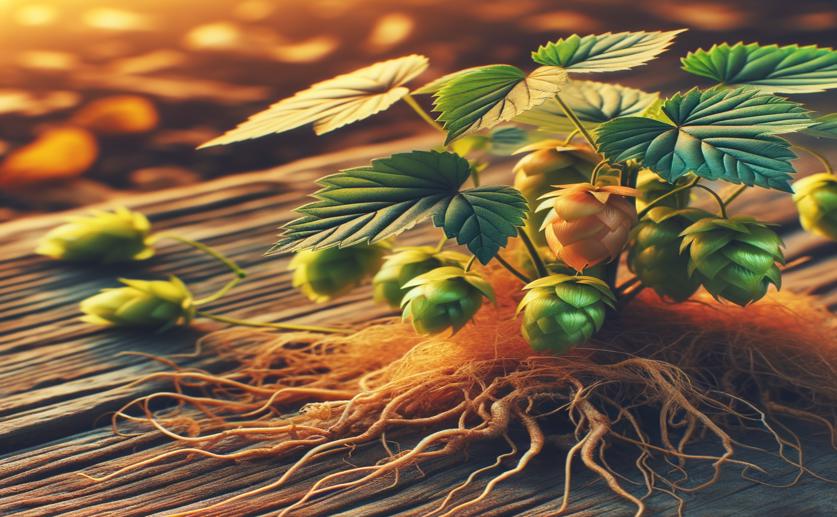
Exploring the Flowering Patterns and Control Mechanisms of Hops in Warm Climates
Jenn Hoskins
11th May, 2024

Image Source: Natural Science News, 2024
Key Findings
- In Brazil, hops can flower multiple times a year without a cold period, challenging traditional growth beliefs
- The study identified molecular changes indicating when hops transition from juvenile to adult, ready to flower
- Key genes related to flowering in hops were more active at certain plant growth stages, even without cold weather
AgricultureGeneticsPlant Science
References
Main Study
1) Unveiling the phenology and associated floral regulatory pathways of Humulus lupulus L. in subtropical conditions.
Published 10th May, 2024
https://doi.org/10.1007/s00425-024-04428-9
Related Studies
2) cis-Regulatory elements and chromatin state coordinately control temporal and spatial expression of FLOWERING LOCUS T in Arabidopsis.
3) A divergent external loop confers antagonistic activity on floral regulators FT and TFL1.
Journal: The EMBO journal, Issue: Vol 25, Issue 3, Feb 2006
4) The balance between CONSTANS and TEMPRANILLO activities determines FT expression to trigger flowering.



 1st May, 2024 | Jenn Hoskins
1st May, 2024 | Jenn Hoskins